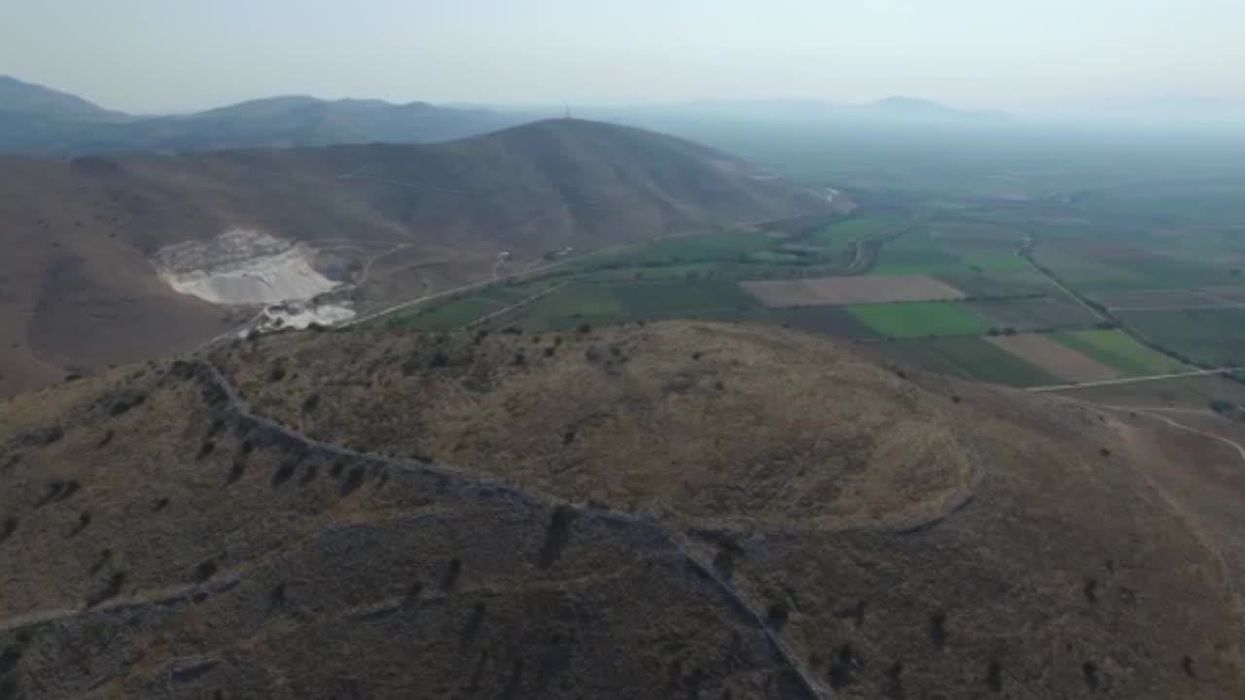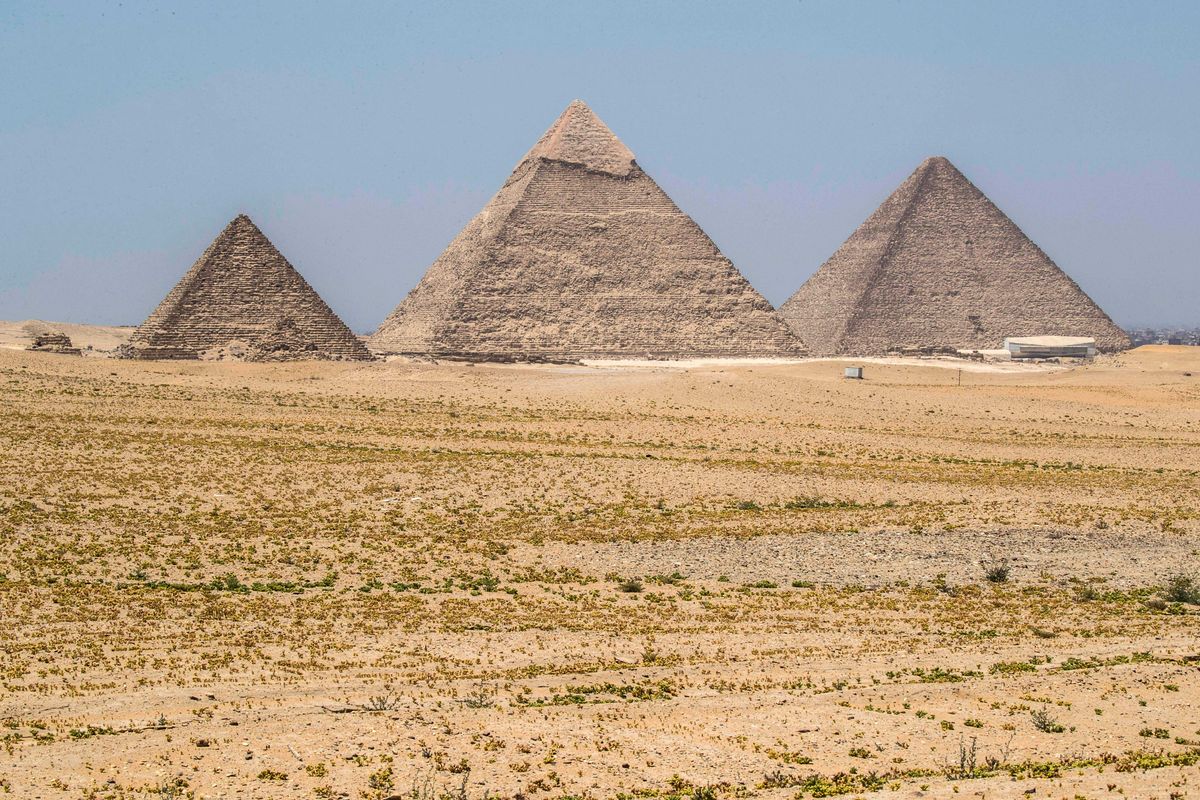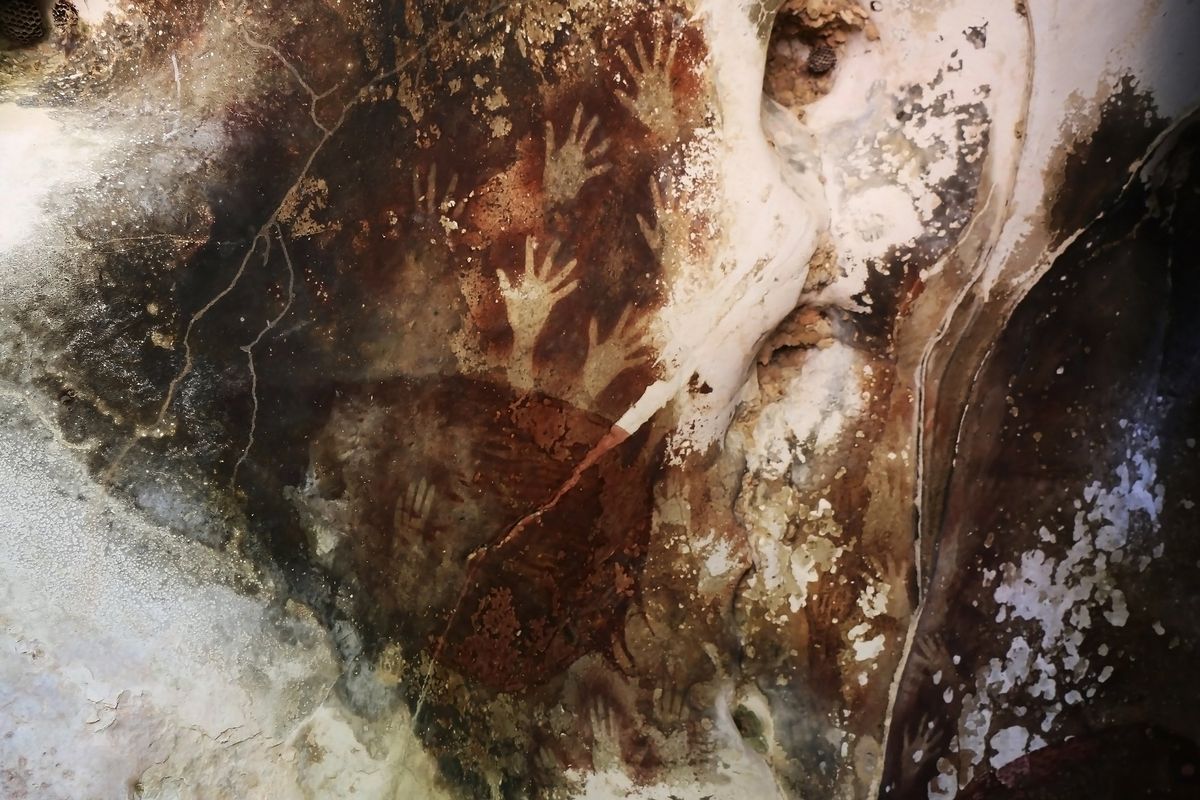Science & Tech
Sinead Butler
Jun 18, 2025
Lost Greek city dating back 2,500 years discovered by archaeologists
content.jwplatform.com
Archaeologists have made an exciting discovery after they unearthed fragments inscribed with the name Odysseus on the island of Ithaca - home to one of ancient Greece’s greatest heroes.
Not up to date on your Homer and Greek mythology? Odysseus was the king of Ithaca and the protagonist in "The Odyssey", an ancient Greek epic poem attributed to Homer, recalling Odysseus's decade-long journey home following the Trojan War.
(You might have heard the story is actually being adapted into a movie by film director Christopher Nolan.)
Key things Odysseus is known for include blinding the Cyclops, resisting the Sirens, and devising the ruse of the Trojan Horse, while intelligence, resilience are some of the positive symbolic attributes.
Scholars have debated where his island kingdom is located, with the most common answer to this being Ithaca today.

Since 2018, archaeologists have been carrying out research major archaeological site of Agios Athanasios- also known as the “School of Homer" since the early 19th century - which is all part of a program by the University of Ioannina.
The terrain on the site is on a rocky formation on the eastern slopes of Exog, a place where freshwater springs are plentiful, while the excavated remains can be found on two terraces, connected by two carved staircases, along with lower-lying areas.
There's remains of a Hellenistic-era tower (3rd century BC) on the upper terrace, and a large rectangular building on the lower terrance.
What's the history of the site?
Well, they've found evidence on the site of human activity which dates back to the Final Neolithic period (late 5th to 4th millennium BC), thanks to the discovery of Late Bronze Age flint tools and pottery fragments.
Dating back to the 14th and 13th centuries BC, fragments from around 30 distinct vessels were additional,lly found and they also reckon there were a lot of inhabitants residing in the area. This would've been during the Mycenaean era - a time Odysseus is typically linked with.
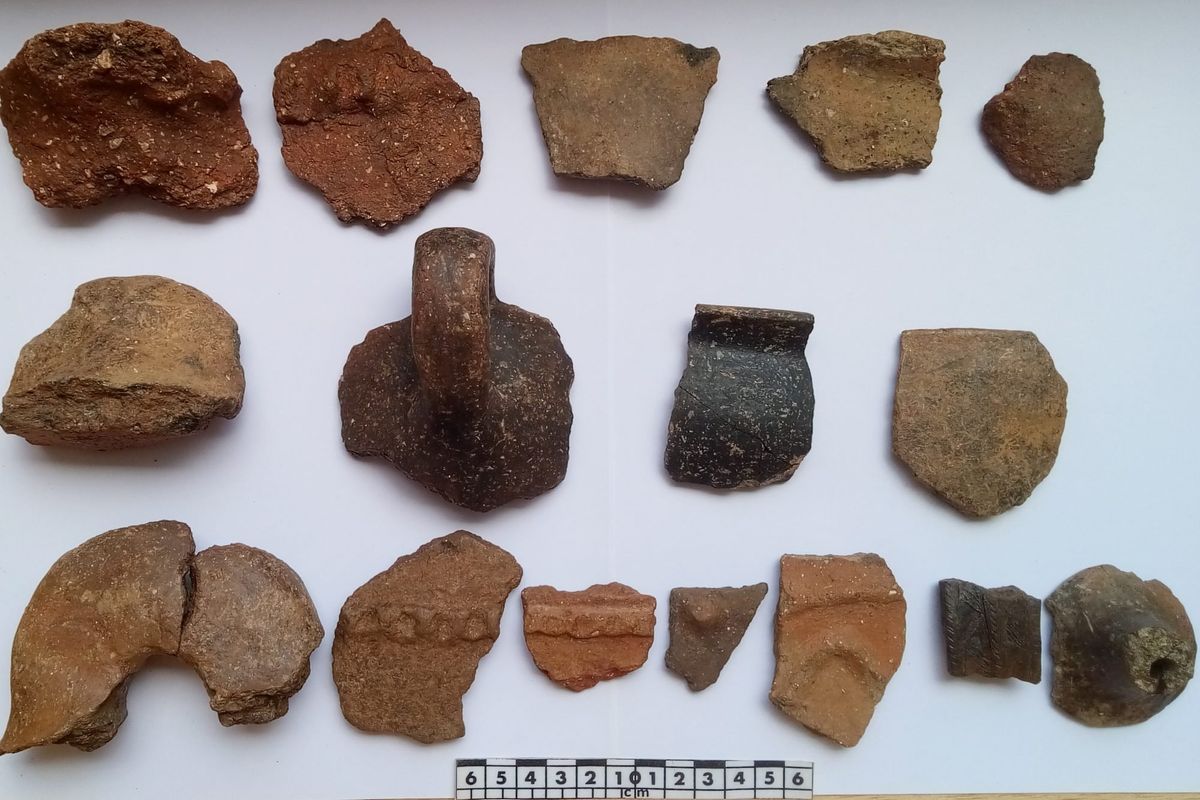
A particularly notable find was the well-preserved subterranean spring/reservoir, constructed with corbelled masonry, and there are only a few of its kind. In addition, researchers believe it dates to the Mycenaean palatial period after finding Late Mycenaean drinking cup fragments inside.
But what was the purpose of the place?
It didn't have a sole function but is believed to have been the core of a regional centre during the Late Bronze and worked as part of a web with up to eight Mycenaean sites in northwestern Ithaca.
Were there any other finds?
Yes, some of the various finds came from later time periods, and these objects included eight fragments of perirrhanteria (ritual basins typically used in sanctuaries).
Various finds included: gold and bronze jewellery, ritual basins, over 30 clay votive offerings, spindle whorls and over 100 coins from different Hellenistic and Roman cities (3rd century BC to 2nd century AD), indicating outside visitors travelling to the site location.
A significant find - but what does this mean?
What's more compelling is that out of the thousands of roof tiles being excavated, 14 were stamped and inscribed - one of which bears the name [OD]YSSEUS and another a dedication likely reading ODYS[SEI] (“to Odysseus”).
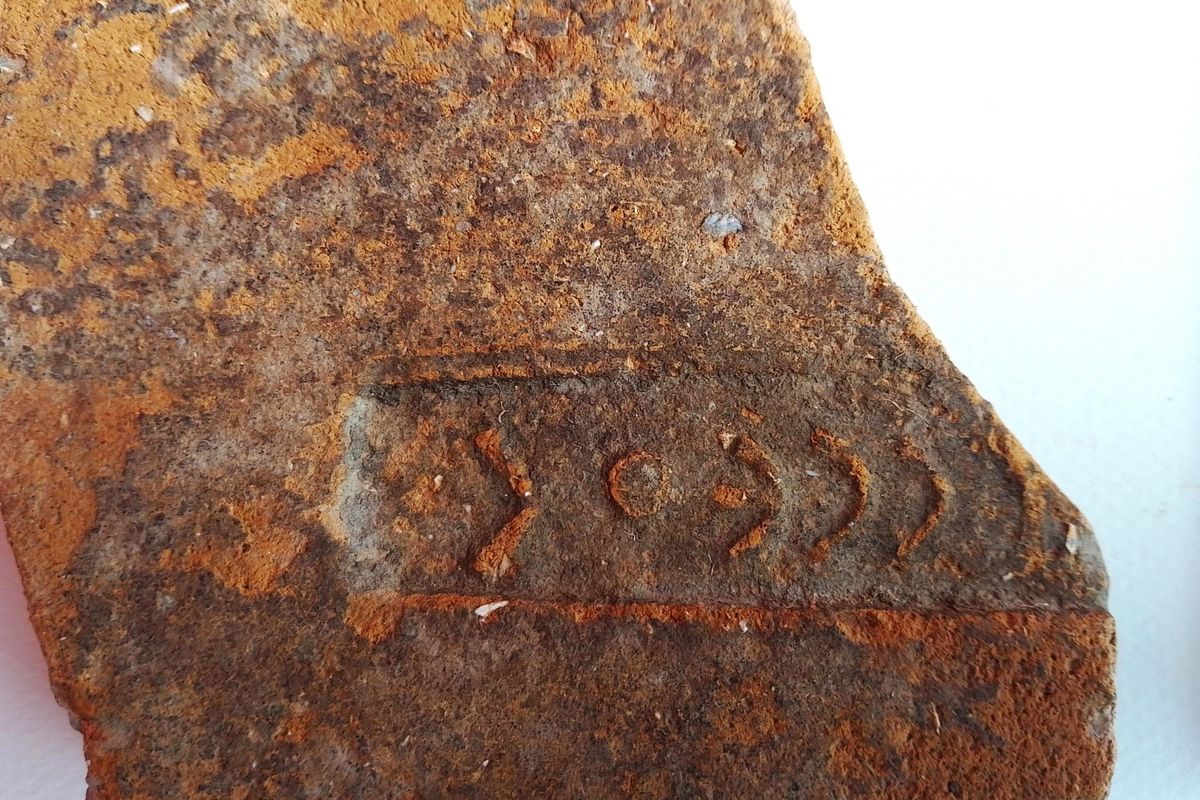
This indicates that back in the day there was some form of formal cult worship of the hero, and additional evidence that this sit was a sanctuary was a miniature bronze bust of Odysseus which appears to match his description on 4th–3rd century BC Ithacan coins and Roman-period portraits.
Conclusion - how this helps our understanding
Therefore, these pieces of evidence all indicate that the site is the Odysseion- a hero shrine dedicated to Odysseus, which was mentioned in a decree from Magnesia in Asia Minor dating back to 2nd century BC. Other inclusions in this decree include Odysseia, as well as athletic and cultural games held in Odysseus' honour.
It contributes to the theory that this kind of hero worship continued into the Hellenistic and Roman periods. Previously, evidence was found almost a century ago in Polis Bay cave and was a fragment that contained a votive inscription reading “EUKHEN ODYSSEI” (“a vow to Odysseus”).
All of these archaeological finds contribute to the knowledge that a sanctuary of some kind existed and assisted in submerging the legend of Odysseus into ancient Ithaca society.
The architectural, epigraphic, and ritual material reveals a sanctuary of major local and regional significance- one that helped embed the legend of Odysseus into the religious and civic life of ancient Ithaca.
Elsewhere, Archaeologists discover breathtaking artefacts hidden in buried city, and 'Laptop' spotted in Ancient Greek statue.
How to join the indy100's free WhatsApp channel
Sign up to our free indy100 weekly newsletter
Have your say in our news democracy. Click the upvote icon at the top of the page to help raise this article through the indy100 rankings.
Top 100
The Conversation (0)
